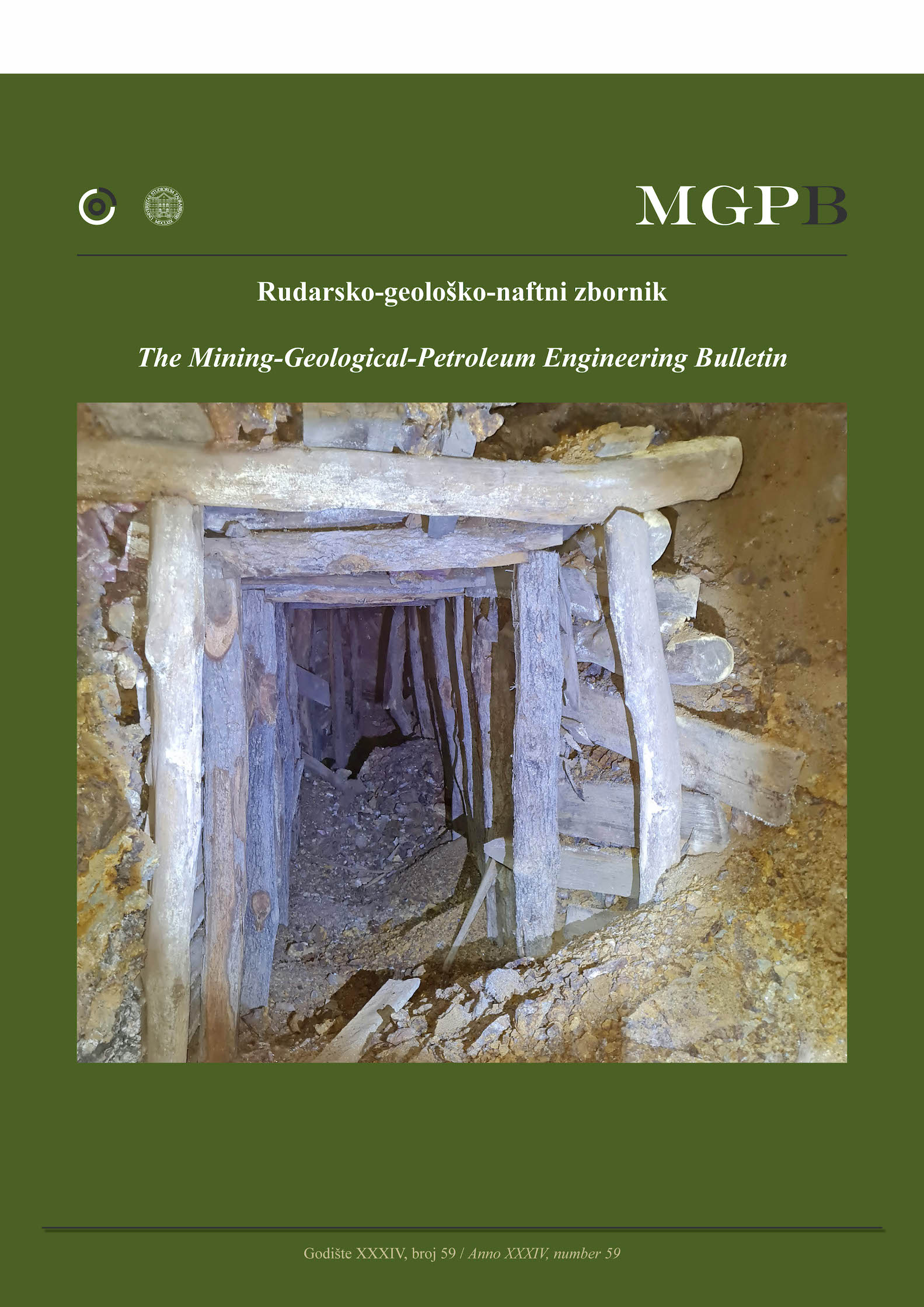Magnetic nanoparticles and ionic liquid effect on electrochemical sensors performance
DOI:
https://doi.org/10.17794/rgn.2022.3.9Keywords:
Magnetic nanoparticles, graphene oxide, Ionic liquid, gold nanoparticlesAbstract
Magnetic nanoparticles and ionic liquid (IL, 1-hexyl-3-methyl-imidazolium bromide) based on graphene oxide (GO) composite provide unique physical and chemical properties in electrochemical sensors performance. Magnetic nanoparticles can cover active sites that increase chemical reactions with easy separation. IL increases the scan rate of electron transfer between the modified electrode and solution because it includes conductive adhesion properties. Also, IL in the next steps of design carbon paste electrodes (CPE) increases the cohesion. The study aims are to study the effects of magnetic nanoparticles and IL on the electrochemical detection of dopamine (DA). DA has a vital role in the mammalian central nervous system and change its value from the standard range leads broad mental diseases. But magnetic graphene oxide (MGO) may not exist capable of enhancing electrochemical signs alone. In this regard, after the synthesis of MGO, IL was established on composite. Then gold nanoparticles (AuNPs) and molecularly imprinted polymer (MIP) were modified MGO nanocomposite. MIP polymerization was continued by methacrylic acid (MAA) in the presence of DA as a template molecule. The developed sensor with modified nanocomposite studied by cyclic voltammetry (CV) and differential pulse voltammetry (DPV) techniques. The modified sensor based on nanocomposite with a broad concentration linear range, between 1×10-7 to 1×10-4 M and a limit of detection of 1×10-8 M (S/N=3) was used for the detection of DA in biological samples. Furthermore, these results prove that MGO was improved active sites of surface nanocomposite and IL was increased conductivity in the based electrochemical sensor for DA detection.
Downloads
Published
How to Cite
Issue
Section
License
Copyright (c) 2022 authors and journal

This work is licensed under a Creative Commons Attribution 4.0 International License.
Creative Commons-BY
Authors who publish with this journal agree to the following terms:
In agreeing this form, you certify that:
- You read the ethical codex of the RGN zbornik available at journal web.
- You submitted work is your original work, and has not previously been published and does not include any form of plagiarism.
- You own copyright in the submitted work, and are therefore permitted to assign the licence to publish to RGN zbornik.
- Your submitted work contains no violation of any existing copyright or other third party right or any material of an obscene, libellous or otherwise unlawful nature.
- You have obtained permission for and acknowledged the source of any illustrations, diagrams or other material included in the work of which you are not the copyright owner.
- You have taken due care to ensure the accuracy of the work, and that, to the best of your knowledge, there are no false statements made within it.
- All co-authors of this submitted work are aware of, and in agreement with, the terms of this licence and that the submitted manuscript has been approved by these authors.
Publication licence
You retain copyright in your submitted work, according to journal license policy (CC-BY). By signing this form you agree that RGN zbornik may publish it under the publication licence. In summary the licence allows the following:
Anyone is free:
- To copy, distribute, display, and perform the work.
- To make derivative works.
Under the following conditions:
- The original author must always be given credit.
- The work may not be used for commercial purposes.
- If the work is altered, transformed, or built upon, the resulting work may only be distributed under a licence identical to this one.
Exceptions to the licence
In addition to publishing the work printed under the above licence, RGN zbornik will also enable the work to be visible online.
The journal editorial can change the licence rules anytime but it cannot retroactively restrict author(s) rights.


